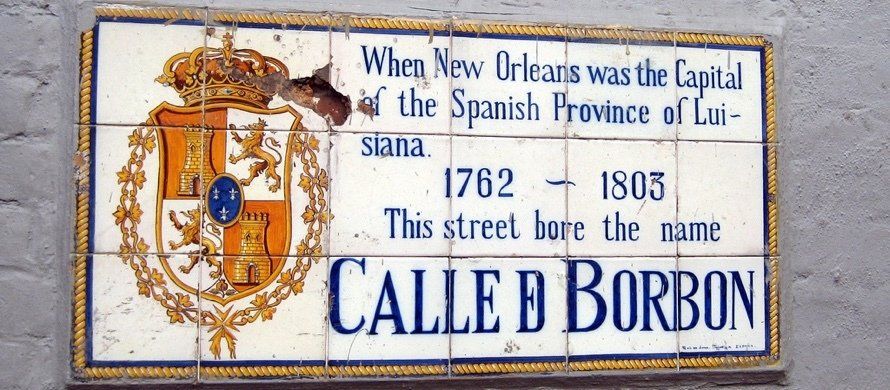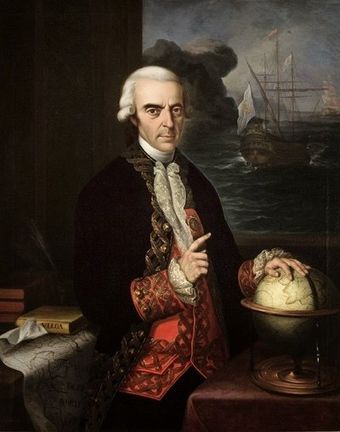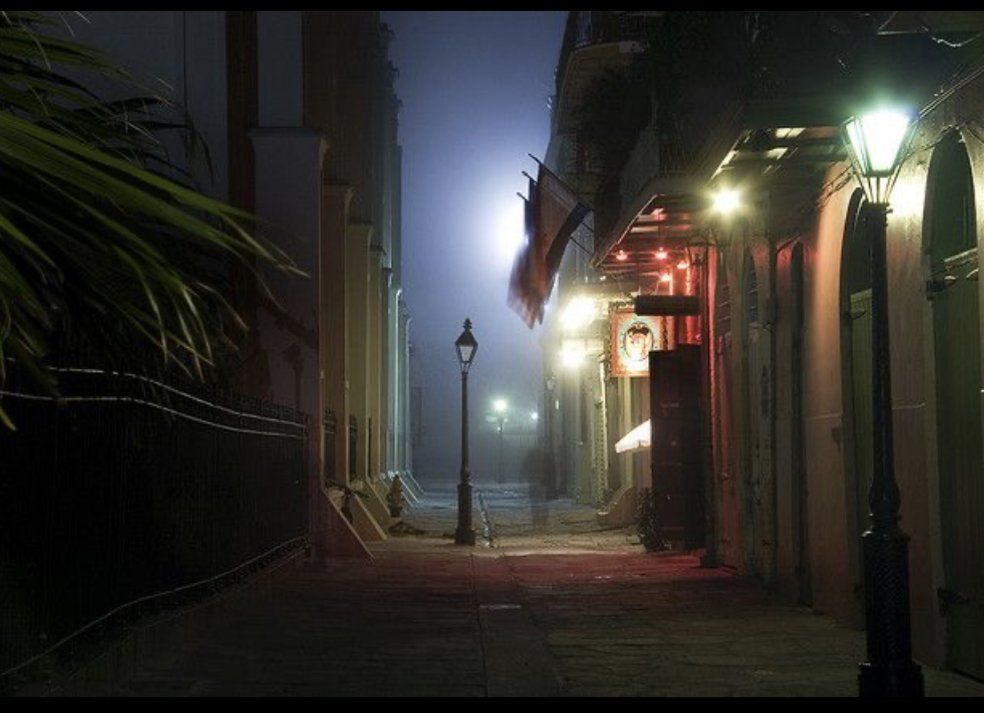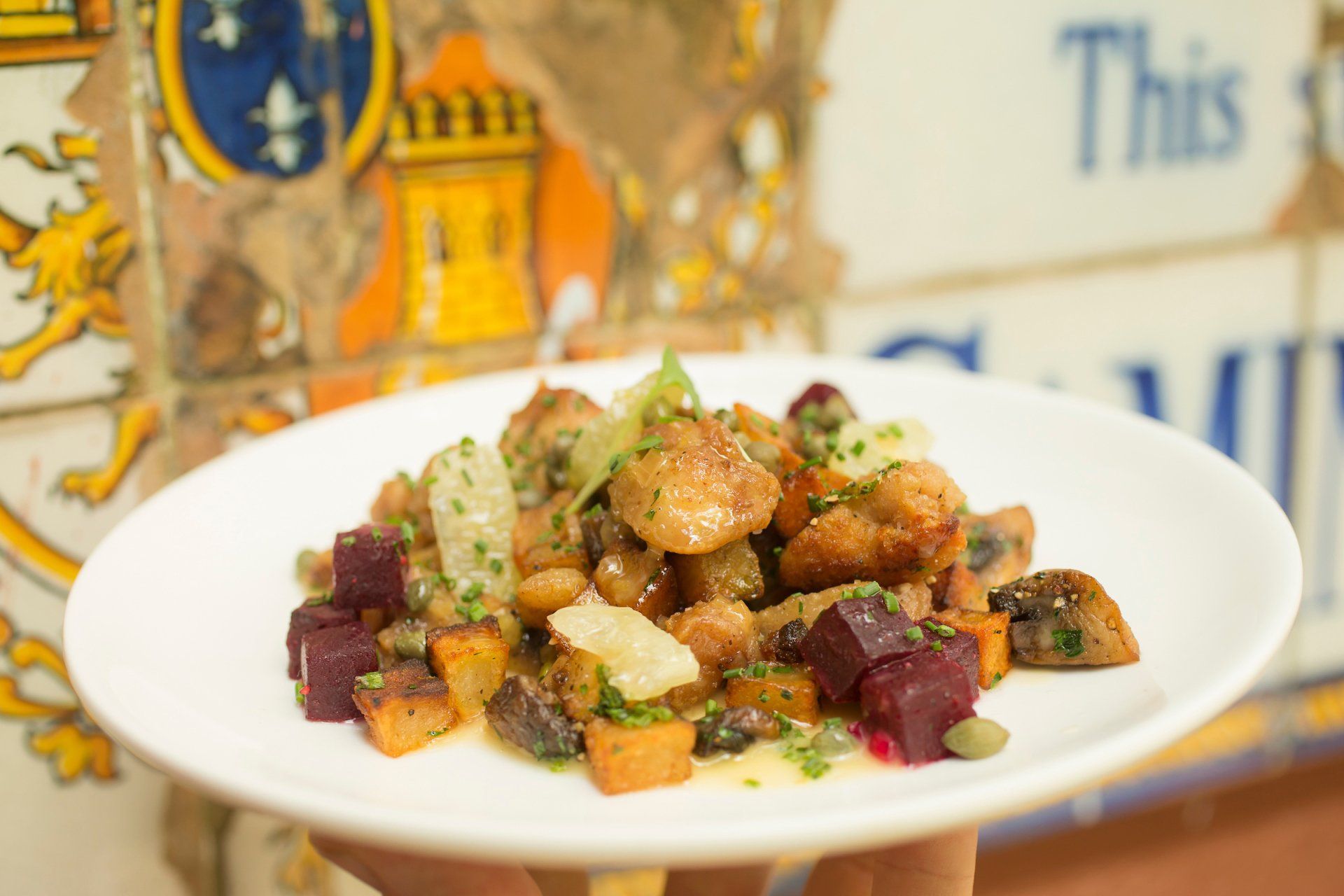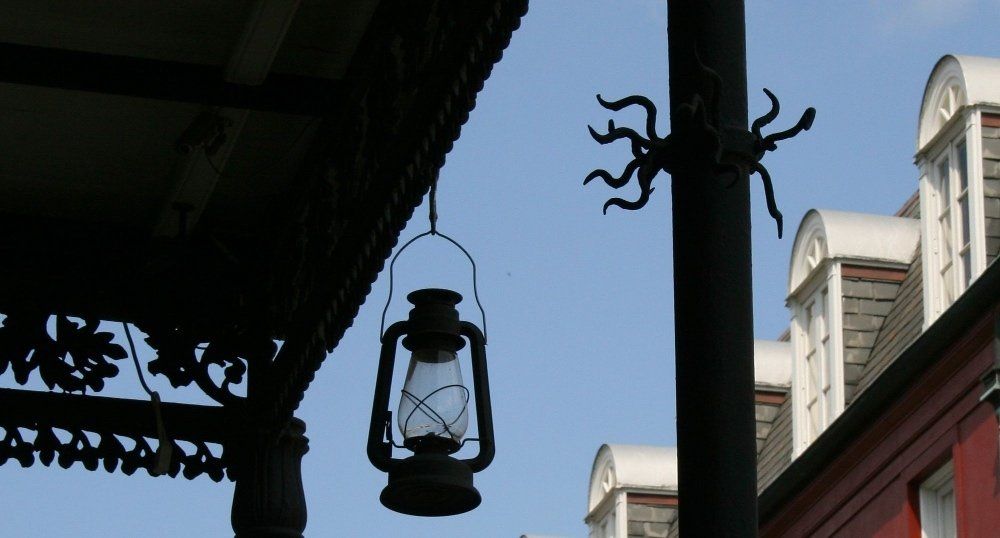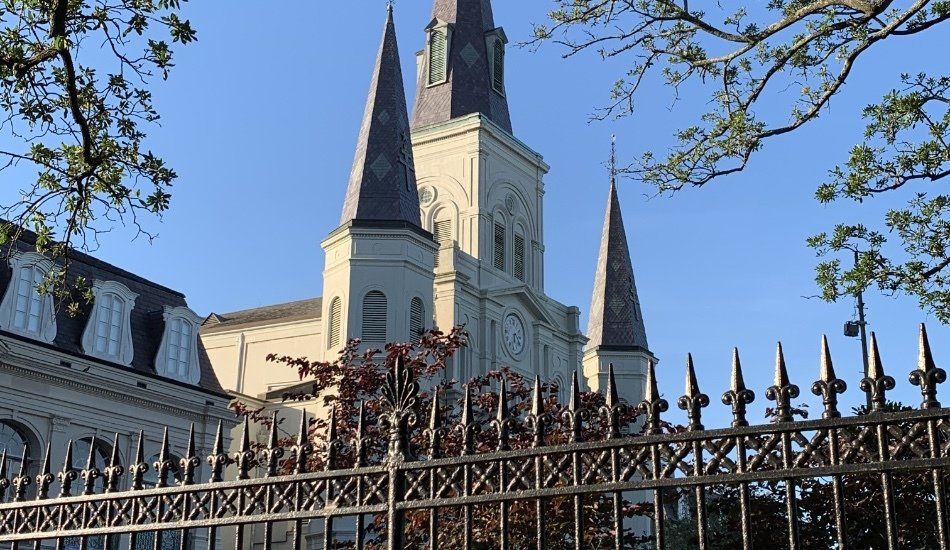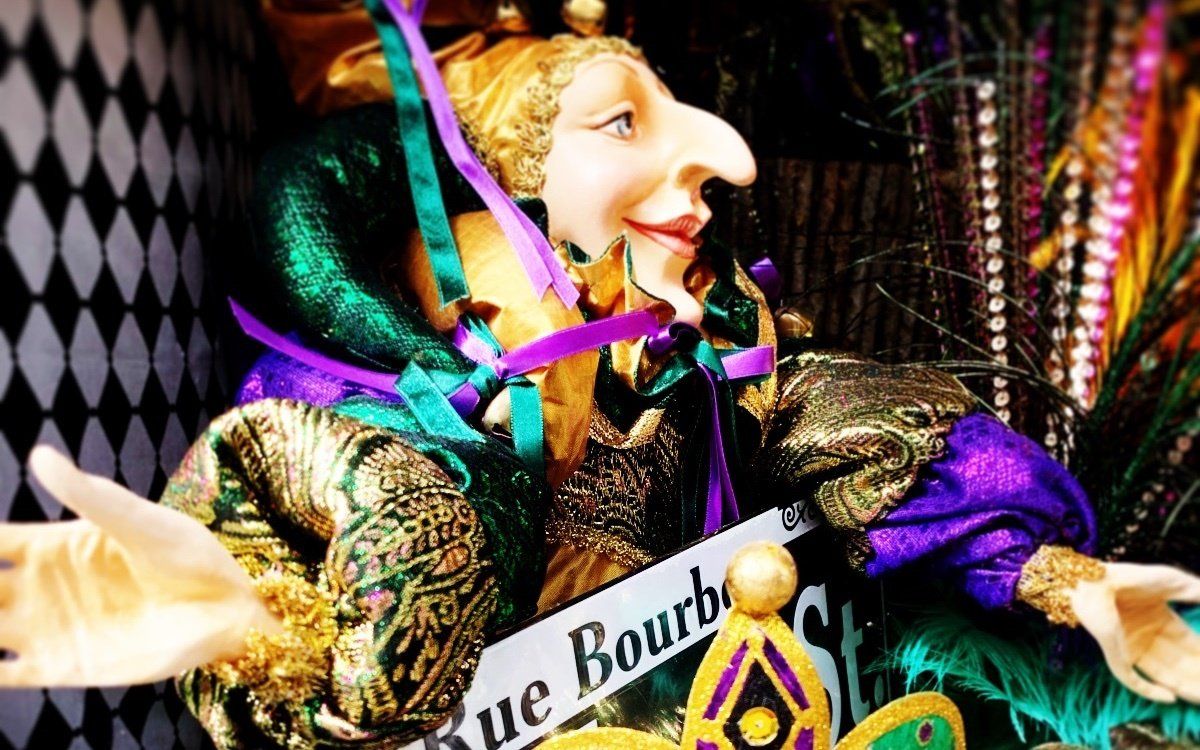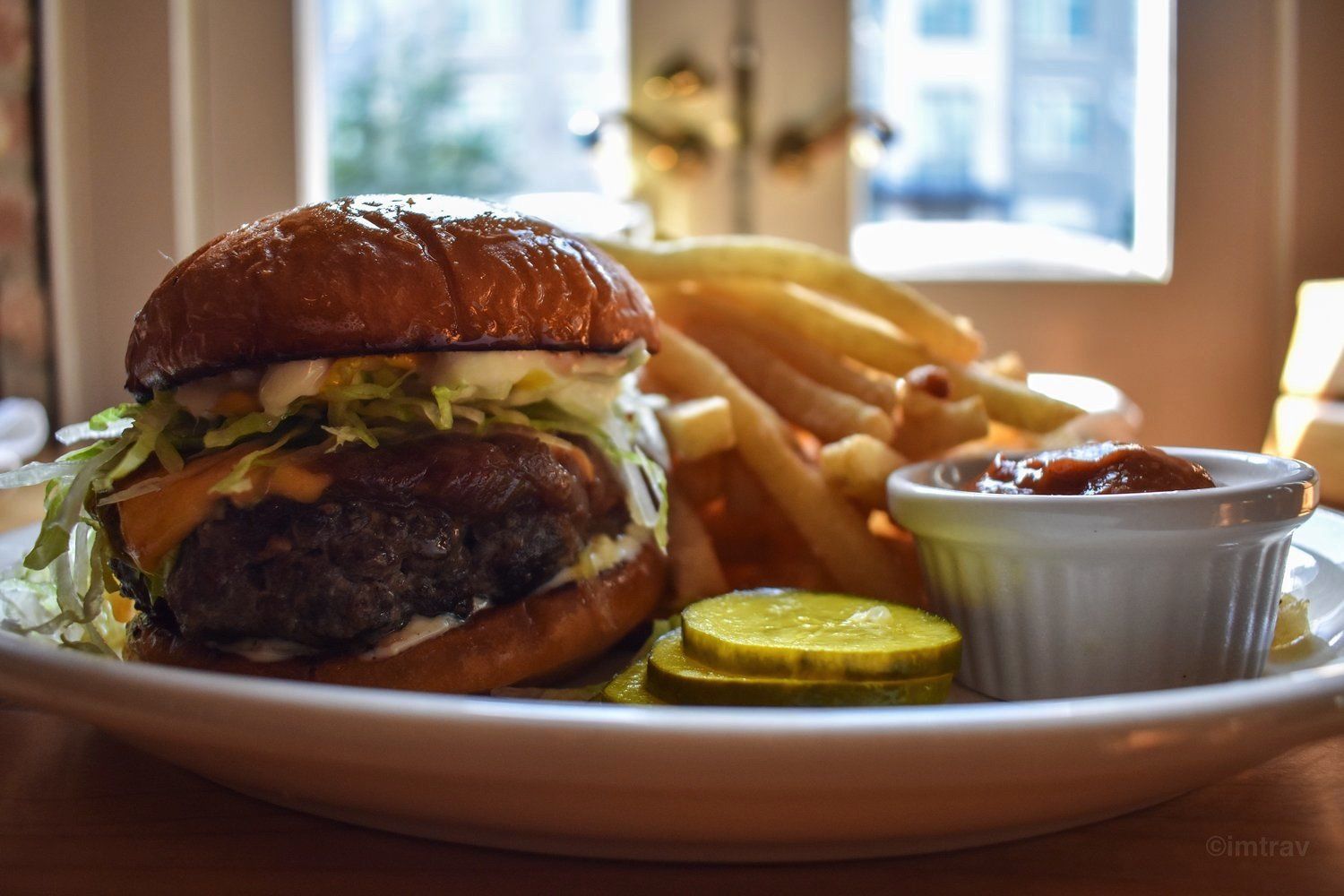Spanish Rule of New Orleans, Pt 1
Royal Tours New Orleans • April 28, 2016
Spanish Rule of New Orleans, Pt 1
New Orleans was ruled by the French from its founding in 1718 until 1762 when it ceded a portion of its Louisiana territory to Spain under the Treaty of Fontainebleau on November 23, 1762. But, the treaty was kept secret to all but the Spanish with the king of France continuing to govern the territory. It wasn’t until April 21, 1764, nearly one and a half years later, that Louis XV sent a letter to Jean-Jaques Blaise d’Abbadie, the French governor of Louisiana, informing him and the colonists of the formal transfer of Louisiana to Spain. As a result, the city was about to errupt…
When the French colonists were finally informed of the transfer in October 1764, it would not be an exaggeration to say that they were despondent. So, the change to Spanish rule was not made without great difficulty. The French colonists were uniquely loyal to their home country. Even more, they enjoyed the open trade and the laissez-faire attitude of the government and feared that this would all come to an end under Spanish rule. The colonists were so desperate to avoid the transfer that they sent an emissary, a wealthy merchant named Jean Milhet, to see King Louis XV to ask him to revoke the act of concession.
The king refused to see Milhet and only sent word that the transfer was a fait accompli. But, Millet did not return to New Orleans until 1767, and when the Spanish king did not immediately send his own official, the colonist began to hope that the transfer would not take place.
So, when Spanish governor Don Antonio de Ulloa finally arrived in New Orleans on March 5, 1766, he was met with disdain if not outright resistance by the French colonists. Ulloa had arrived with only ninety men, hoping that he would gain many enlistees from the French regiments in New Orleans. When the French soldiers refused, Ulloa found himself unable to exert the force needed to establish a firm rule over the French colonists. He made matters worse when he enacted typical Spanish mercantile restrictions which prohibited trade with any country other than Spain or its colonies. The colonists had previously been free of such restrictions and were not willing to abide by them now. Nevertheless, the Spanish flag flew over the Place d’Armes and Ulloa was recognized as governor even though the colonists resisted Ulloa and Spain in every way they could manage.
When Milhet returned from France in 1767 with news of his failure, tensions began to truly boil over which led to the Revolution of 1768. A petition signed by 560 influential colonists was presented to Ulloa demanding that he present his credentials proving his legitimacy to rule. Ulloa considered himself the rightful governor and felt no need to address this demand, and so refused. Armed bands of colonists began to arrive from the outskirts of the city including Germans and Arcadians in addition to the French. Fearing for his safety, Ulloa fled on November 1, 1768 to Havana on board a Spanish frigate. Thus expelled from New Orleans, it appeared that the revolution had succeeded, for now…
Join Royal Tours
for your own private walking tour of the French Quarter. Call us at 504-507-8333 or email us
for tour details or for booking. For only a little more than the cost of a large impersonal group tour, you can enjoy the personal attention of your own individual tour guide. Join Royal Tours
for a personal tour of the French Quarter and you'll see why being on tour with Royal Tours is like having a new best friend in the French Quarter.
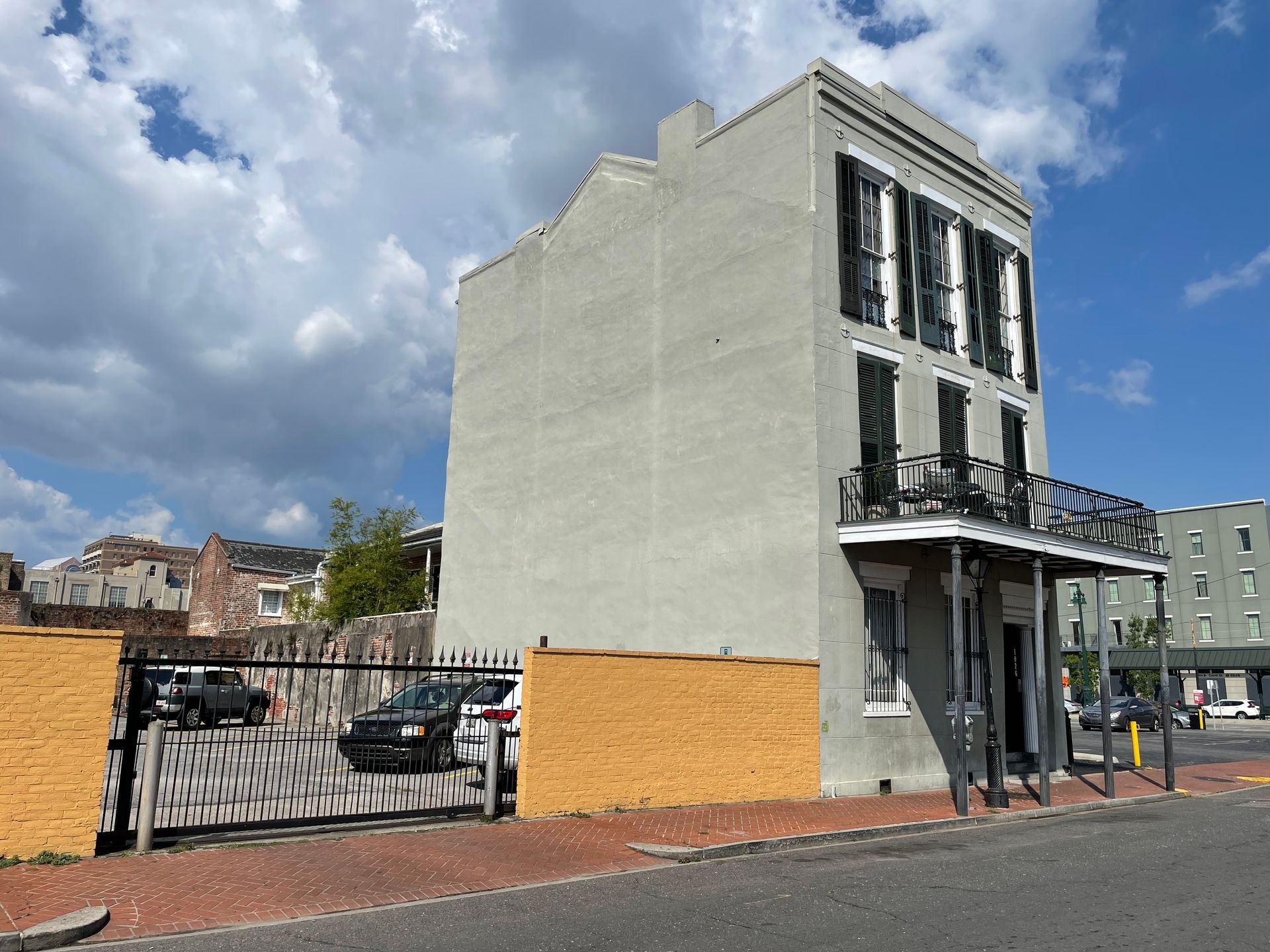
N orma Wallace, a name that evokes intrigue and fascination, was a prominent figure in New Orleans during the early and mid-20th century. As a powerful and resourceful madam, she operated a network of brothels that thrived despite the constant threat of law enforcement. Beginning in 1920, she would operate brothels for the next 45 years, a span that has not been beaten in the history of New Orleans.
